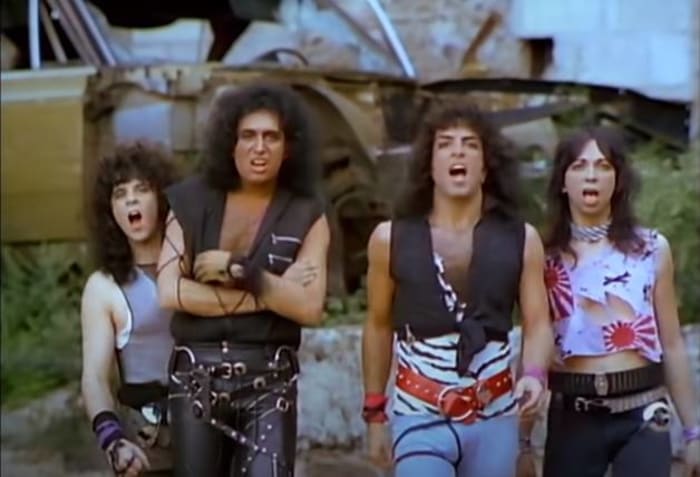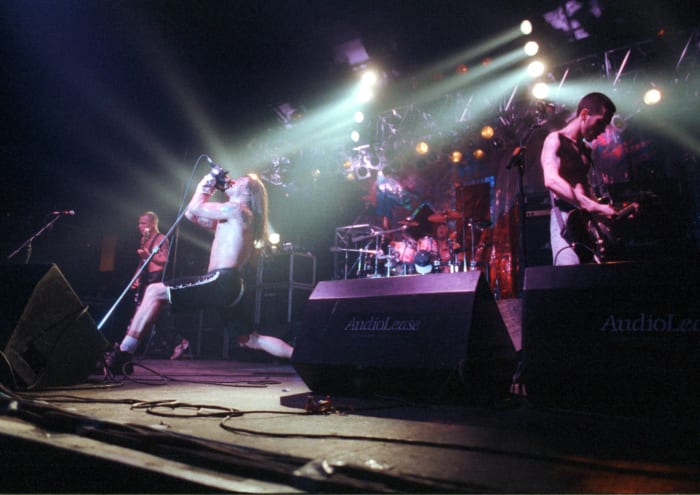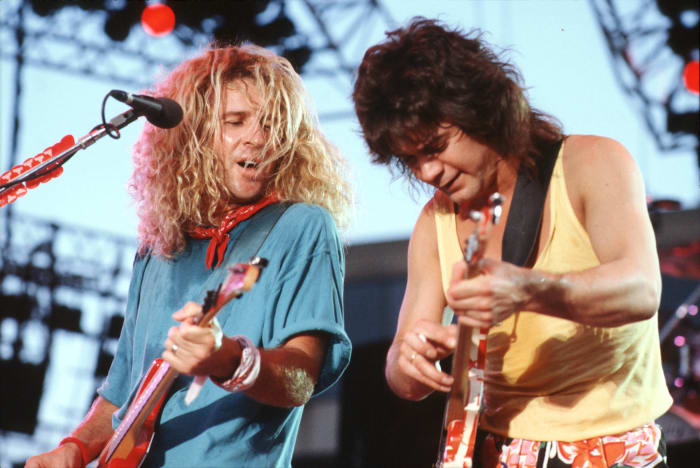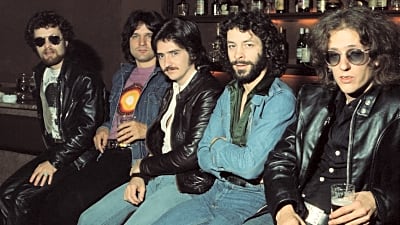x
Chris Walter/WireImage
Iconic bands that switched styles after adding new members
Sometimes when bands change members, it's for the best. And often, the overall sound of the group changes. It's always for the better but enough to bring the critical and commercial success that had been lacking. Here are some of the more notable bands that changed their sound after adding new members or repurposing existing members.
More must-reads:
Customize Your Newsletter
 +
+
Get the latest news and rumors, customized to your favorite sports and teams. Emailed daily. Always free!
























